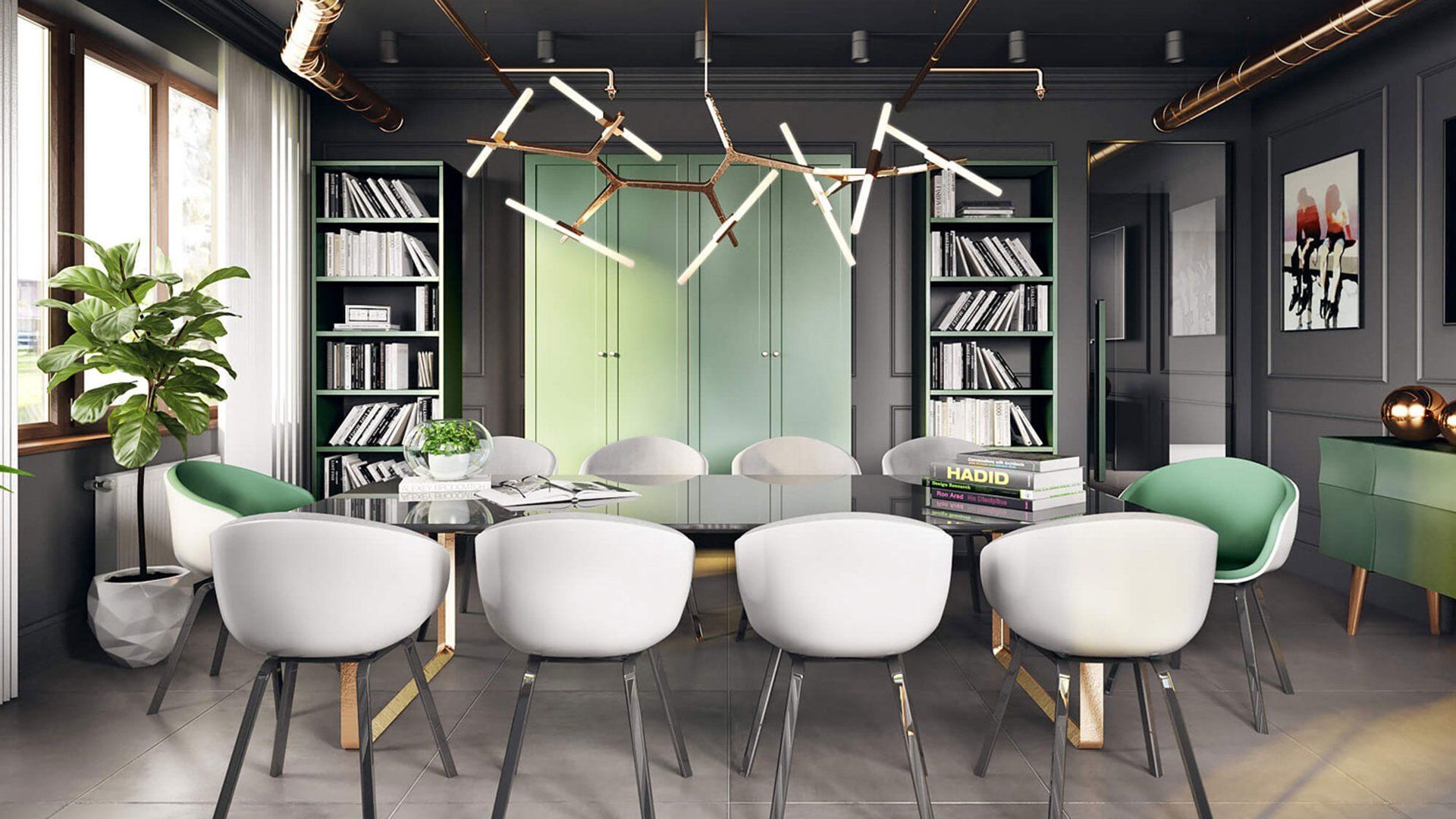Ecommerce product photography has been earning credits for years. Attracted by its reputation and predictability, marketers and furniture manufacturers tend to view photo sessions as the only choice for high-quality 3D rendering services. So, when a promotion campaign requires quality lifestyles, ecommerce companies dutifully pay for prototyping and decor. They get several units of various models and colors packed into a freight container and shipped. It happens that the container, often a 3-ton one, has to cross several state borders.
Phew, the cargo has reached the final destination. Now’s the time for shooting… or tomorrow? Not always does a photoshoot take place in a studio: if a marketing campaign for ecommerce needs a particular landscape inaccessible without a crane, the marketer has to hire one. Hopefully, after so much work is done, it won’t start raining before the shoot ends.
Each step is a potential point of failure, so there must be an individual who manages the process all the way down. It means that a valuable specialist goes on a business trip, and some of her duties stall for weeks.
So companies go through this tedious process again and again, thinking that only ecommerce product photography can give them perfect imagery and reasonable workflow. But is it so? Are photos really the best solutions for online sales? Let’s analyse the main strengths of photography and find it out.
1. Ecommerce Product Photography Is Fast

Amateur photography has taught us that taking a picture is easy as pie. Snap! Ready. Looks great? One more shot, just in case. Actually, making product photography for ecommerce requires several steps, and clicking the shutter is neither the first nor last one.
Manufacture. There’s no problem if you have all variations of the product on hand such as same-model sofas with any sort of upholstery. If not, production will take from a few hours to several days.
Transportation. Even bringing a product to a studio in the same city will take an hour or two. Delivering them to another state will take days or weeks depending on distance and mode of transport.
Preparing props. A single lifestyle shot needs decorations, accessories, finding the right lighting. Props have to be made, rented, or bought, resulting in hours or days of preparation work.
Staging and shooting. The photography session itself significantly differs for white-background and lifestyle pictures. A single lifestyle shot can take several hours because of tedious staging and lighting. White-background shooting goes significantly faster. A highly professional photographer takes up to 100 photos throughout a day, but ordinary pace is about 50 shots in a full-day session.
Processing. Raw files from a professional camera need several manually controlled transformations in Adobe Lightroom or similar software. Usually, it takes several minutes per photo. This way, the photos get the color and white balances that have the strongest effect.
Photo editing. Artistic retouch helps leave an even deeper impression, but it can take up to an hour per shot.
Depending on style complexity and elaborateness of the visuals needed, one lifestyle photoshoot for a couch will take from several hours to a full day. Quite a journey! And transportation can add days or weeks of waiting. But what a marketer wouldn’t do for his product and target audience.
Except that there’s a faster solution – 3D modeling. It only takes four stages:
3D model creation. In general, building a perfect digital model of your product takes a few hours. You may learn the exact timing for your specific item on our 3D modeling prices page. And variation of the project lasts even less: as a 3D artist doesn’t build it from scratch but simply tweaks it. Imagine not having to send your sofas in all colors to the photography studio.
Staging. A 3D artist builds a 3D scene for the product image. He doesn’t need any physical objects for that. Instead, he will find everything for the scene – decor, flowers, and accessories – in the 3D model library.
Rendering. At this stage, 3D scene turns into a product picture.
Post-production. The final touch on the render. By using editing software, an artist brings everything to perfection in order to add some more character and atmosphere.
2. Product Photography Is the Most Cost-Effective Solution
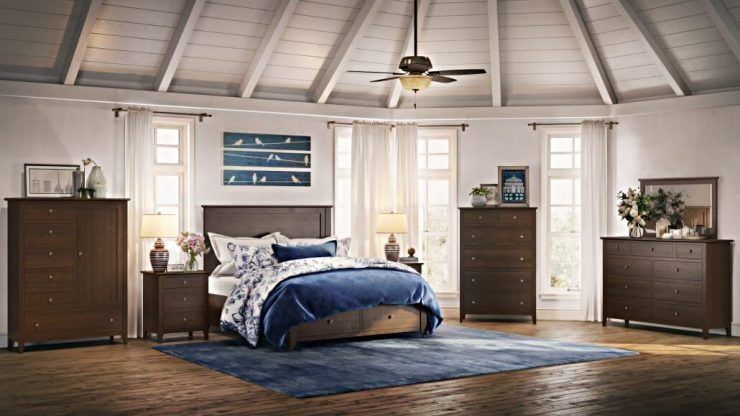
Furniture manufacturers and marketers believe that product photos pay off best compared to their cost. It’s true that ecommerce photography pricing is affordable enough. However, the associated costs make photos much less attractive:
Prototyping work. If an item doesn’t exist yet, production workers need to bring it into reality. Until the prototype sells, the business has to spend money on keeping it in stock. And unless it sells, the company won’t recover the production costs.
Transportation costs. Even if a shoot takes place in the same city, transportation fees are comparable with the amounts photographers charge. And what if your photoshoot must take place in the coniferous forest? So you need to drive your beautiful but rather numerous and heavy prototypes there? The fees are even higher in this case.
Setting costs. Making, buying or renting props and hiring a decorator only add to the project expenditures.
And as the number of products increases, the costs grow almost proportionally. One model of an armchair shot in five colours means five units to manufacture, transportate, set up and shoot.
By contrast, product modeling eliminates the expensive prototyping and transportation stages. Instead of props, a 3D artist will pick ready-to-use models from the database, which doesn’t cost additional fees.
Moreover, 3D modeling significantly reduces costs when it comes to a line of similar items. Once the base model is created, you pay only for changes such as slight remodeling or retexturing.
3. Product Photography Is the Only Way to Realism
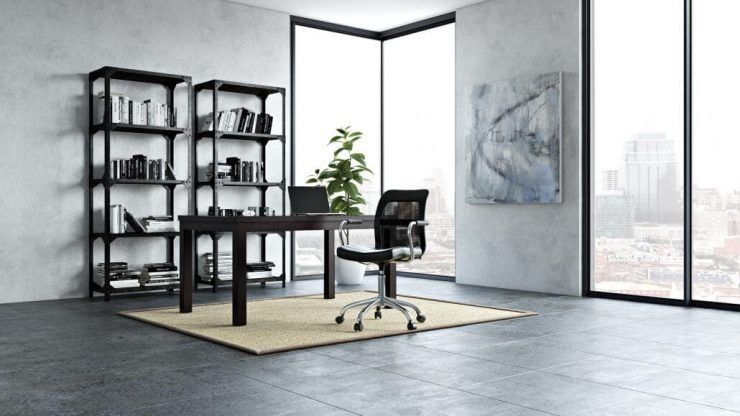
There’s a belief that only a photograph is able to depict physical objects as they are. Indeed, what could be more realistic than a picture of real-life objects captured by an eye-like device? What could replace a real lens that focuses existing light beams on an analog of the retina?
Actually, it’s been ages since computer technologies advanced far enough to create photorealistic product imagery. Quality lifestyle 3d product rendering services produce 3D graphics that are indistinguishable from a photograph. Moreover, excessive retouch sometimes makes ecommerce product photography even less realistic than CGI.
4. Photography for Ecommerce Sells Best
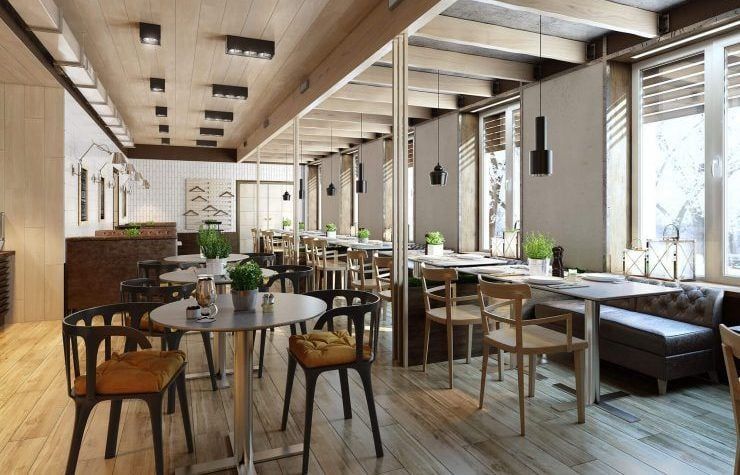
When marketers or manufacturers need product images, the most common strategy is to browse photography ecommerce websites to compare prices and product portfolios. The reason is that they are convinced that photos guarantee highest sales. And it’s not a secret that product photos do work well. A detailed shot effectively demonstrates the advantages of the product. In the right hands, a camera and lights form the mood that encourages to make a purchase. Artistic retouch helps eliminate the weaknesses of a shot and strengthen the emotional impact.
On the other hand, all of these benefits apply to computer-generated imagery. Moreover, 3D software allows for more control of lights, cameras, and textures. Nothing has physical limitations. No matter when and where, even natural lighting within the Arctic Circle is easy to depict. By adjusting various parameters, a 3D artist can create product pics that sell even better.
5. Most Ecommerce Product Pictures Are Photos
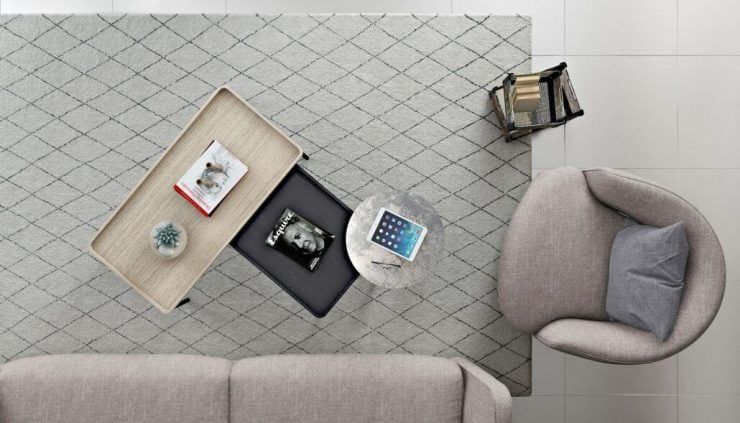
There’s a common belief that all ecommerce product images are photos. For what other means could produce such level of photorealism and impact?
However, nothing could be further from the truth. There are lots of companies whose customers don’t even know they are looking at CGI. Already in 2014, such furniture industry giant as IKEA used 3D renders for 75% of all products in a catalog. So do Wayfair and Okamura, major home furnishing retailers. Beyond furniture industry, CGI represents jewelry, technical facilities, cosmetics, and even clothes with the same or better effect as photos. And the more luxury a segment is, the more often 3D imagery replaces ecommerce product photography.
Ecommerce photography has a faster and more cost-effective alternative, namely 3D graphics. The latter delivers realistic imagery that results in as many or even more sales. Moreover, there’s no need to adhere to static pictures: an in-browser 3D viewer lets customers rotate a realistic model by 360° as if in a brick-and-mortar store. Such interactivity helps them be more confident about a purchase.
Looking for ways to reduce unnecessary expenses and get results faster and more predictably? Contact CGIFURNITURE for our 3D modeling services and get photorealistic product shots.
